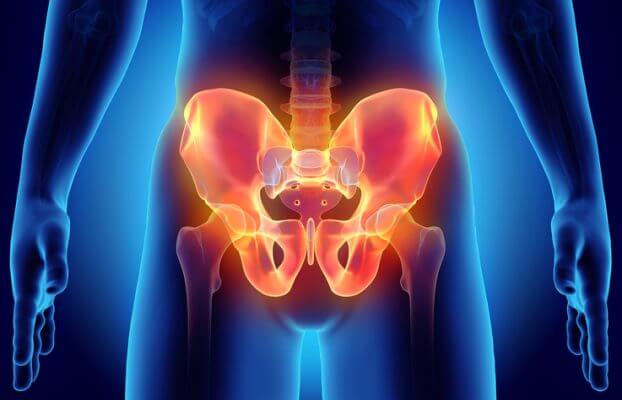
Pro Fee Coding Tip: Sacroiliac Joint Injection Coding
What is a SI Joint injection?
A sacroiliac joint injection is an injection of local anesthetic and a steroid medication into the sacroiliac joint. This is also called a sacroiliac joint block. The purpose of a sacroiliac joint injection is two-fold: to diagnose the source of a patient’s pain, and to provide therapeutic pain relief. There are times when these are separated and a patient will undergo a purely diagnostic or therapeutic injection, though most often these are combined into one injection.
Diagnostic SI Joint Injection:
A diagnostic SI joint injection is used to confirm a suspected diagnosis of sacroiliac joint dysfunction. This is done by numbing the sacroiliac joint with a local anesthetic (e.g. lidocaine). The injection is performed under fluoroscopy (X-ray guidance) for accuracy. Once the needle has entered the sacroiliac joint, contrast is injected into the joint to ensure proper needle placement and proper spread of medication. The numbing medication is then injected into the joint.
After the numbing medication is injected, the patient is asked to try and reproduce the pain by performing normally painful activities. If the patient experiences 75-80% pain relief for the normal duration of the anesthetic, a tentative diagnosis of SI joint dysfunction is made. A second diagnostic sacroiliac injection should be performed using a different numbing medication (e.g. Bupivicaine) to confirm the diagnosis. If this second diagnostic injection also provides 75-80% pain relief for the duration of the anesthetic, there is a reasonable degree of medical certainty the sacroiliac joint is the source of the patient’s pain.

Therapeutic SI Joint Injection:
A therapeutic SI joint injection is done to provide relief of the pain associated with sacroiliac joint dysfunction. The injection is performed using the same technique as a diagnostic SI joint injection, except that anti-inflammatory medication (corticosteroid) is included in the injection to provide pain relief by reducing inflammation within the joint.
If the patient experiences prolonged pain relief after a therapeutic sacroiliac joint injection, he or she can begin a physical therapy and rehabilitation program to further reduce pain and return the patient to normal activity levels.
Coding SI Joint Injections
Outpatient hospitals report G0260 for sacroiliac joint (SI) joint injections. Hospital outpatient coders do not code for the image guidance.
G0260 provision of anesthetic, steroid and/or other therapeutic agent, with or without arthrography)
For physician coding, CPT code 27096 is reported for SI joint injection. This code does include image guidance.
27096 (injection procedure for sacroiliac joint, anesthetic/steroid, with image guidance [fluoroscopy or CT])
If the clinician does not document the use of image guidance, coders must use trigger point injection codes. Clinicians say they don’t know whether they are in the SI joint without that image guidance, so if they don’t know they’re in the joint, coders can’t report a joint injection.
Tip: Code 27096 is to be used only with CT or fluoroscopic imaging confirmation of intra-articular needle positioning. If CT or fluoroscopic imaging is not performed, report code 20552. Source: CPT book
Because each patient has two SI joints, coders can append modifier -50 (bilateral procedure) to the code for the SI joint injection.
Physicians report 27096 to bill for sacroiliac joint injection of anesthetic agents or steroids. The Medicare approved facility ASC procedure use code G0260 to bill for this service. Source: CMS Transmittal 42
References:
- 2017 ICD-10-CM & CPT Coding guidelines; Clintegrity 360 Encoder
- www.mayoclinic.org
- www.merckmanuals.com
- http://thepainsource.com/sacroiliac-joint-injection-with-fluoroscopy-technique-and-tips/
- https://www.aapc.com/blog/26649-straight-up-coding-for-sacroiliac-joint-injections/
